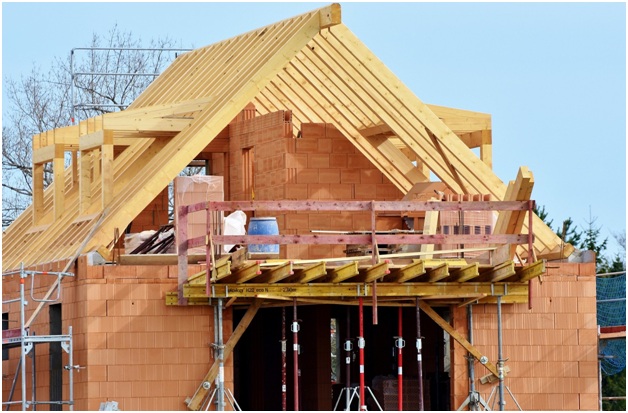Staying at home a lot recently has prompted many people to start home improvements and DIY projects. Some have gone to the next level and started looking into full-on home installation. We are going to look at some of the most popular forms of home installation around Europe.
Insulated Concrete
This is the standard way to build a house in Europe. Builders take large concrete blocks to form the exterior walls, these are insulated and mounted onto metal struts called rebar frames. The middle of the block is filled with a foam material. This means that the house is well insulated. It will stay warmer in winter and they are more soundproof than other types of builds.
This does mean that all the electrics and plumbing need to be fitted before they can build the walls as there is a lot of concrete involved. This might mean that you have to buy appliances and fixtures like a heated towel rail before you have even built the walls to make sure they fit in. These builds can take years to finish and cost a lot of money for building materials. This type of build is supposed to last in the excess of 400 years.
Timber
Timber-framed houses are popular with people building their own homes on a budget. They can be constructed relatively quickly and cheaply. They are not as warm or energy efficient as masonry houses but they do look pleasing to the eye. With a timber house, you can fit the plumbing and electrics after building the main walls, which can be helpful to make sure you get everything right. It is important to have a perfect design when you build a timber house, to make sure that it all fits together well.
Brick and Block
The traditional brick and block method is still popular in Europe. Layering bricks in two walls to create insulation. This method is favoured by many builders and as such, they do price competitively. It can end up being one of the cheapest methods of construction. It is a fairly fast method of construction as professional bricklayers can pick up some speed once they get going.
Cob Construction
In rural towns and communes across Europe, cob construction has been well sought after in recent years. The desirable ‘hobbit house’ method has more to it than meets the eye. A process that dates back to 1200, the cob house is made from clay-mud mixed with water and straw. It is surprisingly durable and malleable. The technique is to build it up in layers, after each one hardens, you add the next layer. The house can then be waterproofed with lime if you want – or left as is.
The houses can be made in any shape you want and look very impressive once finished. The downside is they take a lot of manual labor and time to complete.
So, there you have it, four of the most popular building methods in Europe. From the well-insulated to the deeply traditional. Which method would you go for if you were building your dream home?

















